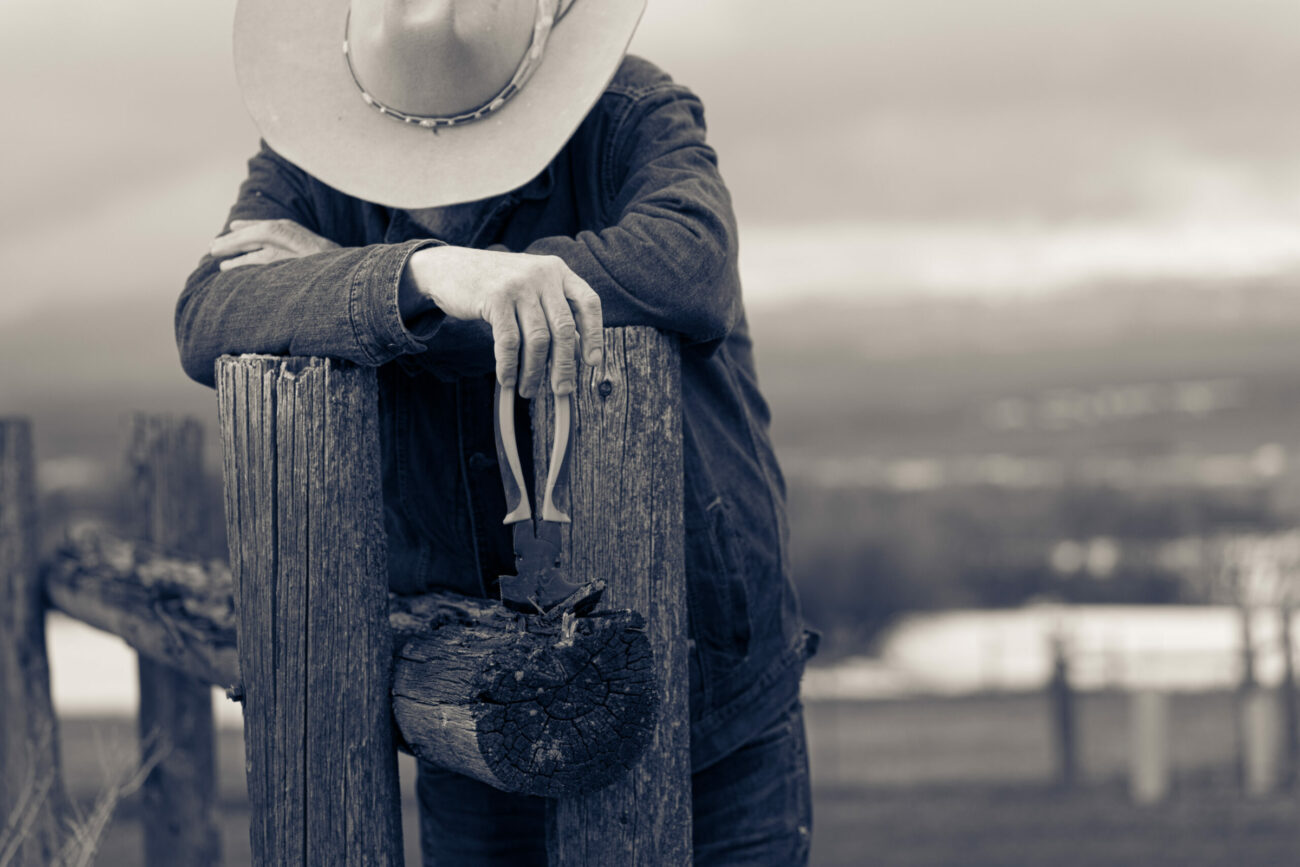Trouble in Paradise: Tackling the Challenges of Living in Utah’s Outdoor Recreation Communities

Gateway communities face a host of challenges that tend to be invisible to shorter-term visitors
By Elizabeth Sodja & Lael Gilbert
What happens in Vegas may, perhaps, stay in Vegas — but for families trying to live in Utah’s popular recreation communities like Springdale, Moab, and Park City, trouble has a way of following them home.
Gateway communities — the towns that act as the front porch to major national parks, public lands, and recreation areas — face a host of challenges that tend to be invisible to shorter-term visitors. These include the skyrocketing cost of local housing, the proliferation of short-term rental properties, a tricky balance between economic development and conservation, an increasing risk of natural disasters, finding space for community expansion, fighting crowds for access to beloved resources, and managing relationships between public land management and the community — just to name a few.
The people that choose to make their permanent homes in these spectacular areas often face complex dynamics to make life work … and sometimes it still doesn’t. In August 2021 Roslynn McCann, a USU Extension professor based in Moab, was surprised to find herself living in a 17-foot trailer on top of Lizard Head Pass outside of Telluride, Colorado. She wasn’t there for the stunning vistas or mountain biking, she was there for the daycare.
Colorado was the third state where she, her husband, her two young sons, and her dogs had lived in the past year, and she was exhausted. The family had returned home to Moab from Bozeman, Montana, where they’d lived for the summer months after almost every one of the already scarce daycare facilities in Moab had unexpectedly shut down during the COVID-19 pandemic. They were grateful to finally be back in Moab and hoped to find more options for childcare. However, at the end of the first day of reopening, the school’s director came down with COVID and it immediately shut down again. McCann and her family were once again left to scramble with no other local childcare options available.
“Looking back, I’m honestly not sure how we did it,” she says. “At one point, all the desperate parents — teachers, doctors, nurses, business owners — even started a parent rotation schedule until what few daycares there were would open back up.”
If you didn’t happen to notice the dearth of daycare facilities during your last slickrock visit, you certainly aren’t alone. Availability of things like childcare and affordable housing can be taken for granted in bigger communities but are especially hard to come by in Utah’s smaller recreation-adjacent towns. Despite high demand, it’s difficult to get new providers to open their doors, locals say. Worker shortages, a cost-of-housing crisis, and the aftershocks of the pandemic make establishing these services tough. Childcare workers are notoriously underpaid and are hard to recruit, especially when they could choose to wait tables for hundreds of dollars a night.
So when a preschool in Telluride had an unexpected opening, the McCann family hit the road again and wound up living on the top of Lizard Head Pass in a trailer.
For the past few years, an initiative based out of the Quinney College of Natural Resources has been working to address the unique challenges that gateway communities face.
“We started The Gateway and Natural Amenity Region Initiative because we saw a huge need,” says Jordan Smith, director of USU’s Institute of Outdoor Recreation and Tourism. “For a small town to operate with an ongoing flow of thousands or millions of visitors each year, you need to have careful planning, or things can get funky really quick.”
But in some of these communities, leadership positions are often staffed not by full-time experts but by volunteers. Given the complexity of land use regulations, it’s not realistic to expect a part-time mayor in a community of 300 year-round residents — someone who also might run a restaurant or own a ranch — to suddenly be the expert in transportation planning or short-term rental ordinances.
There are plenty who would offer advice, but outside investors and their motives are unpredictable. The stakes are high and bad decisions can have consequences for generations, not just on the town, but also the local public lands that so often define them.
“Leaders in gateway communities need access to information specific to gateway communities to address their unique and emerging problems — and they want to see success stories, as well as lessons learned the hard way, from other places too,” Smith says.
The mission of the GNAR (Gateway and Natural Amenity Region) Initiative is to help Western gateway communities and the public lands around them thrive, and to preserve the things that make them special.
“The only reason I’m here is because of my dad. I couldn’t afford to live here. My kids are only here because of me, they couldn’t afford the houses here either,” says Stan Smith, owner of one of the few remaining independent hotels in Zion National Park’s gateway community, Springdale. “I’ve always tried to stand up for the mom-and-pop shops, but they’re going away because they can’t afford to be mom-and-pop shops. I hope in the future [the Bumbleberry] is thriving, and my grandkids and great-grandkids are enjoying it, because it really is a wonderful place to live.”
Strong long-term communities are what the GNAR Initiative hopes to build. It is an inter-university partnership between USU and the Wallace Stegner Center’s Environmental Dispute Resolution Program at the University of Utah.
“These are small towns with big-city problems,” says Danya Rumore, director of the Environmental Dispute Resolution Program and co-director of the GNAR Initiative. “Most towns don’t have a population of 300 people with two million or more cars on the road every year. But places like Springdale do see that kind of traffic. In one way, these are unique places who need unique tools … but in other ways, they’re facing similar challenges to other communities across the West.”
The initiative tackles its goals through a variety of strategies, and one particular effort has proven especially valuable to community leaders. Rather than compiling reams of planning and strategic information for local leaders to wade through on their own, the team found that the best way for towns and cities to find solutions was by communicating directly with each other.
“We get asked a lot which community has figured it all out, and our answer is none of them, completely. But a lot of people are trying,” says Jake Powell, co-director of the initiative from USU’s Department of Landscape Architecture. “Creating an easily accessible space for this kind of peer-to-peer learning is one way the GNAR Initiative helps increase the capacity of gateway communities across Utah and the West to respond to emerging challenges.”
The initiative hosts online learning series and webinars. It also maintains a growing online toolkit with model ordinances, case studies and resources, and conducts research on topics including how housing, transportation, and land uses are interconnected; and how the increase of pressure on one community can trigger challenges in others.
This fall, the GNAR Initiative is increasing its offerings through the launch of the GNAR Academy. The program will share information, lessons learned, and best practices in a structured way for busy local leaders. It will allow anyone to log on, get the information they need, earn a certificate, and then get back out to work, Smith says.
While this alone may not be enough to solve the many challenges facing gateway communities, the GNAR Initiative will continue working to keep these communities places where people can live balanced and comfortable lives.
In the meantime, parents like McCann are trying to make things work, with their cities and counties doing what they can to help. Last year, Grand County Commissioners approved a $100,000 request to bolster existing childcare programs and incentivize new ones. But for this summer? With her now 4-year-old in daycare, McCann has pieced together a series of weeklong summer camps for her 6-year-old.
“I feel lucky that it seems to be working out. Within a day of registration opening, they were totally full — it was crazy. I didn’t get into each week so we are still sometimes juggling our kids being home full time with our work schedules. I’m hopeful this issue will get the attention it deserves.”





